Ever noticed a difference in how your hair parts? Maybe it's not just your imagination.
When does a normal hair part start showing signs of thinning, and how can you tell the difference?
This quick guide will explore the key differences between a normal hair part and hair thinning, helping you spot the early signs before they become more apparent.
Table of content
What is a normal hair part?
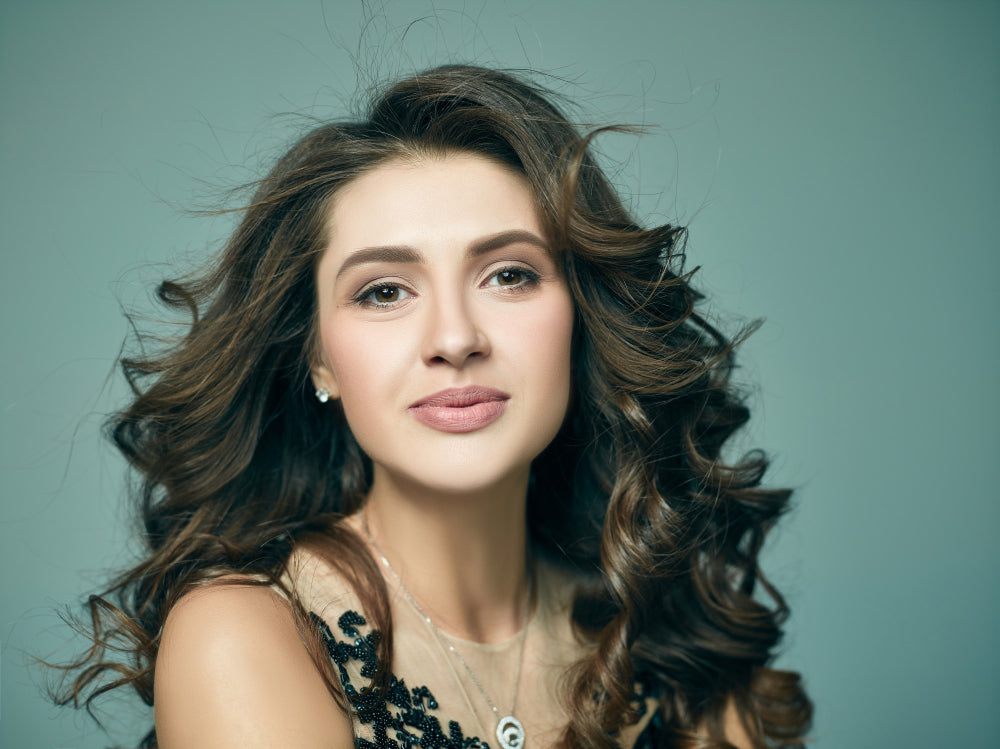
A normal hair part is the line created when your hair is styled so that it divides into separate sections on the head. Typically, this part can be straight, dodged, or curved, depending on your style preference. It should look defined, with hair evenly distributed on either side, giving a balanced appearance without noticeable scalp exposure.
Over time, the visibility of your hair part can change due to various factors like styling habits, health, and natural hair density variations. Understanding these nuances helps maintain a healthy look and identify when changes suggest thinning issues.
So, keeping an eye on how your hair parts is a good habit not just for style but for scalp health, too!
As your leading source for hair health information over the past 4 years, we never compromise on accuracy. When it comes to your health, you deserve information you can truly rely on - and earning your trust is our top priority.
Here's how Scandinavian Biolabs ensures every piece of content meets the highest standards of accuracy and integrity:
- Credentialed Experts: Our reviewers are actively practicing doctors and medical researchers
- Stringent Reviews: Content undergoes rigorous editing by subject specialists and review by a practicing doctor.
- Evidence-Based: We rely on well-established research from trusted scientific sources like peer-reviewed journals and health authorities.
- Full Transparency: Our editorial standards, writer credentials, reviewer credentials, correction process, and funding are all publicly documented.
- Independent Voice: While we do promote products, we operate in a vacuum to business operations. Our main goal is just an unwavering commitment to providing medically-sound guidance.
You can count on Scandinavian Biolabs to consistently deliver the trustworthy health information you deserve. Read our Editorial Standards.
What is a thinning hair part?
A thinning hair part occurs when there is a noticeable increase in the visibility of the scalp along the hair part line, typically due to a reduction in hair density. This can make the part appear wider than usual, a common early sign of hair thinning or loss conditions such as androgenetic alopecia.
Thinning can be gradual, making it tricky to spot right away. Factors contributing to fine hair include genetic predispositions, hormonal changes, or stress.
Paying attention to changes in your hair part's appearance over time can provide early indications of thinning, allowing for proactive treatment or changes in hair care practices to better manage the condition and maintain hair health.
What is the difference between a normal hair part and a thinning hair part?
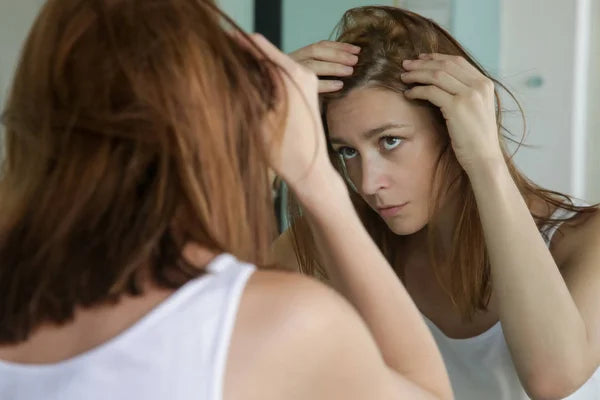
A normal hair part shows a clean, defined line with even hair distribution on both sides and a minimal scalp showing through. In contrast, a thinning hair part is characterized by a wider, more visible scalp line due to decreased hair density, often signaling early hair loss or thinning conditions.
Noticing the changes between these two can be subtle at first. It's like watching a slow seasonal shift in your favorite park—unless you're paying attention, you might miss the early signs.
If your usual hair part starts to widen, showing more scalp than foliage, it might be time to consider if factors like stress, health, or genetics play a role. Catching these signs early can help you address them with the right hair care or medical advice.
How do you identify thinning hair through the part?
To identify thinning hair through your hair part, observe if there's a wider-than-usual line of visible scalp along your parting. Usually, this should be a narrow strip. An increase in scalp visibility, particularly around the crown and midline parting, could indicate diffuse hair thinning.
When checking your hair, use good lighting and a mirror to get a clear view of your part and the area around your ears. If the gaps between your hair strands widen or the skin on your scalp becomes more noticeable along the part and across the surface, it could be a sign of thinning.
Regular checks can help you spot differences over time. This awareness is critical, as early detection often leads to more effective management strategies, whether over-the-counter treatments, lifestyle adjustments, or professional consultations. Spotting these signs early is your best bet in tackling hair thinning head-on.
How do you identify a normal hair part?
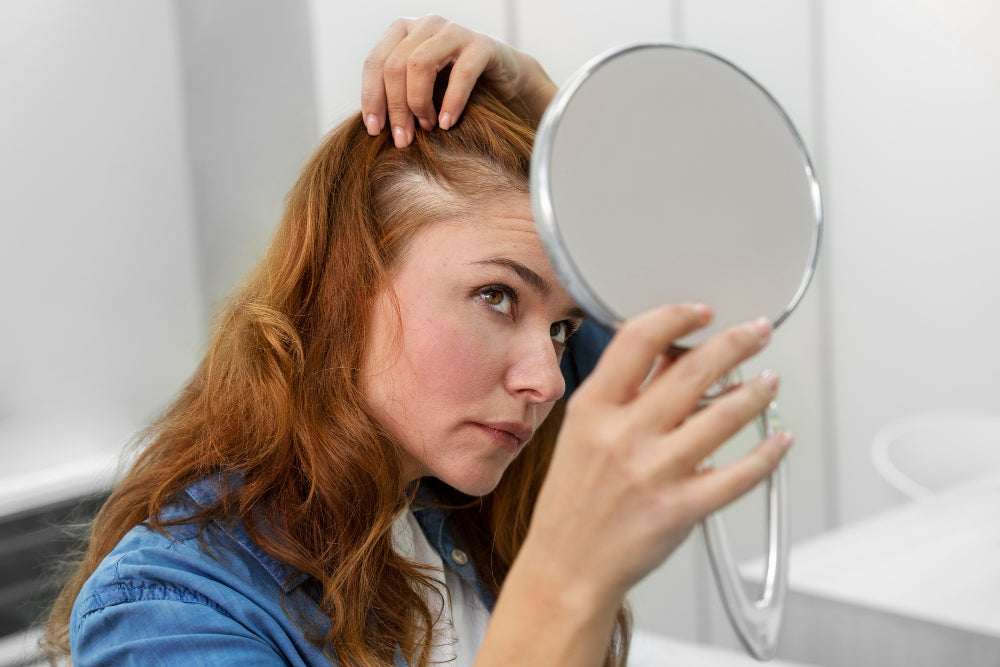
A regular hair part is characterized by a straight, symmetrical line where the scalp is not prominently visible. It maintains a consistent width without widening along its length and shows good scalp coverage, ensuring that the skin isn't easily seen through the strands.
Identifying a normal hair part is pretty straightforward—
- Just look in the mirror under good lighting. Your midline part should look like a neat line, running cleanly from the front of your scalp to the back.
- There shouldn't be any erratic widening or sparse areas where the scalp becomes more visible.
- The key here is consistency; if your part has looked the same over the past six months, it's likely normal.
- However, while researchers suggest that a parting spread of more than 1 cm could indicate hair loss, there's no one-size-fits-all measure here due to individual differences in hair types and densities.
- Most importantly, you should note any changes in your hair over time, which might signal a need for a closer look or a consultation with a professional.
What causes thinning hair parts?
Thinning hair at the part can be caused by various factors, including genetics, hormonal changes, nutritional deficiencies, and stress. These influences can disrupt hair's natural growth cycle, reducing hair density and a wider-looking part.
When we talk about genetics, it's often a game of the luck of the draw. Conditions like androgenetic alopecia (male and female pattern baldness) play a significant role and can cause the hair follicles to shrink, reducing the hair's lifespan. Hormonal changes, such as those during pregnancy or menopause, can also affect your hair's thickness.
Then, there's physical and emotional stress, which can push hair follicles into a resting phase, resulting in less hair growth and noticeable thinning. Remember, if your diet needs key nutrients like iron, protein, or vitamins, your hair might not get the support it needs to stay thick and healthy.
Addressing these factors with a balanced lifestyle, proper nutrition, and medical advice can help manage and improve hair thickness. If your part is starting to look more like a highway than a narrow path, it might be worth taking a closer look at what's going on with your hair and health.
How much of the scalp is normal to see through hair?
It's normal to see minimal scalp through your hair when parting it, typically a narrow line where the hair separates. This visibility should not be pronounced; the scalp should be obscured mainly by hair.
The amount of scalp you can see through your hair can vary depending on hair type, color, and thickness. People with lighter or finer hair might notice more of their scalp showing through due to their natural hair properties. It's also common to see a bit more scalp when hair is wet or greasy.
However, if you start noticing larger patches of the scalp or the part in your hair widening, it could be a sign of thinning or hair loss. In such cases, it's a good idea to monitor the changes and consult a healthcare professional if the visibility of the scalp increases significantly.
This could help identify any underlying issues early on and choose the right approach to manage or treat the condition.
How do you regrow a thinning hair part?
Regrowing a thinning hair part can be challenging, but with the right products, shampoo, and treatments, it's possible to see improvement. Here are some effective options to consider:
1. Bio-Pilixin® Activation Serum
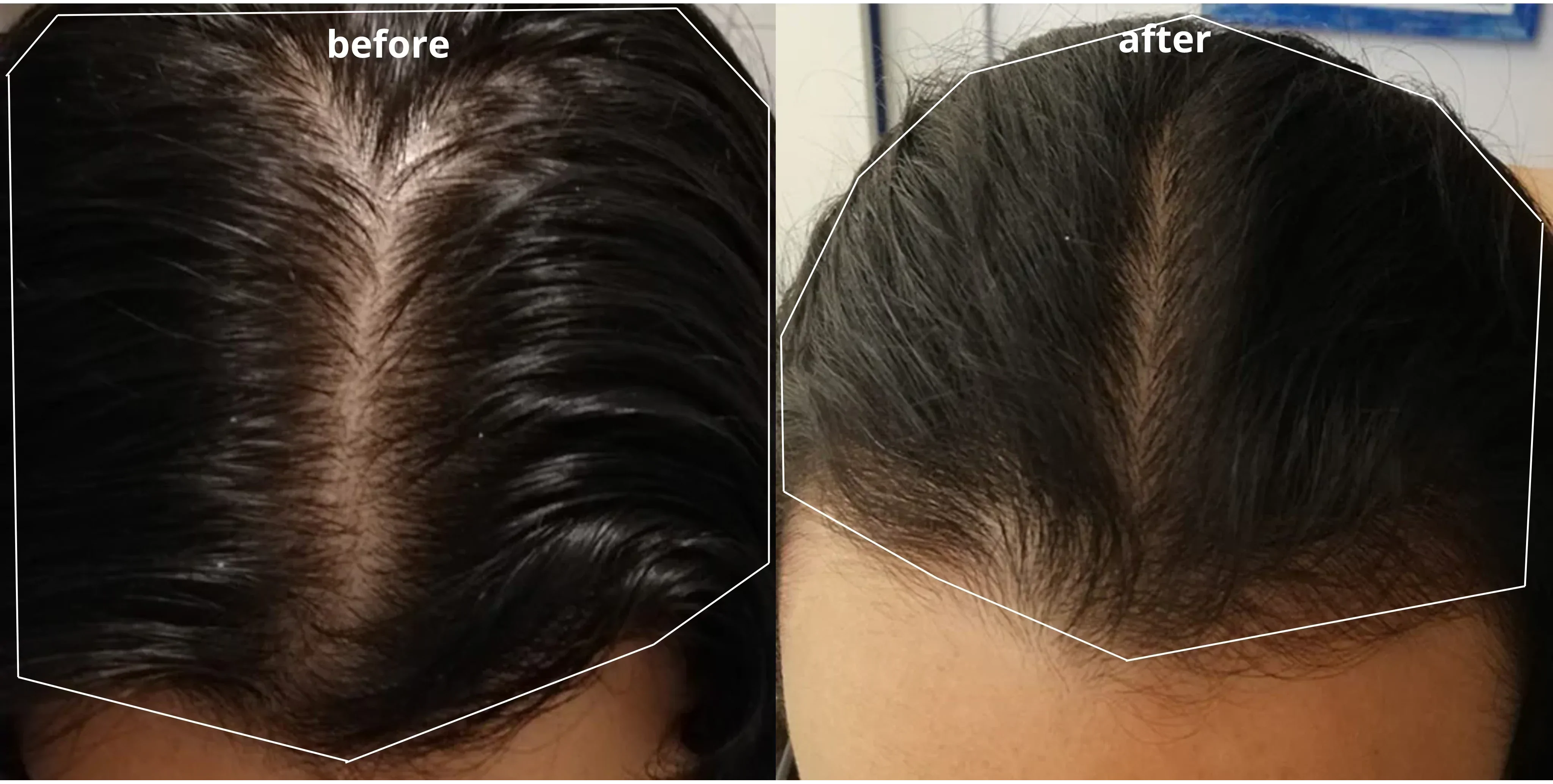
If you notice your hair part looking wider than usual, the Bio-Pilixin® Activation Serum might just be what you need. This serum results from expert development aimed at reducing hair thinning and boosting hair growth. It's packed with plant growth factors derived through advanced stem cell technology, which nurtures hair follicles and encourages new hair.
What's really cool about this serum is that it stimulates blood flow and delivers essential nutrients directly to your scalp and hair. It's drug-free and safe for daily use, making it a hassle-free addition to your hair care routine.
Plus, it's been clinically tested, and users are starting to see visible improvements in just 45 days. Imagine that—less than two months!
With 93% of users in a clinical study satisfied with their results, it is a promising option for anyone looking to take control of their hair health.
Whether you're just starting to notice some thinning or have been battling it for a while, it's worth giving this serum a shot. No miracles are promised, but hey, the numbers seem hopeful!
2. Minoxidil
Minoxidil is the old, reliable hair loss treatment. It's a topical solution that you apply directly to your scalp, and it works by stimulating hair growth and prolonging the phase of hair growth.
It's great for both men and women to see their hair thinning ahead of schedule. You don't need a prescription, so it's easy to try if you're curious about getting some of that hair back on track.
3. Finasteride
Finasteride is a bit more of a heavy hitter. It's a prescription pill that reduces the amount of a natural body hormone (DHT) which can cause hair loss. It's mainly for guys, though, and comes with the need for a chat with your doctor to ensure it's the right fit for you.
For eligible people, it makes a difference in keeping hair thick and denying that thinning part a foothold.
4. Derma rolling
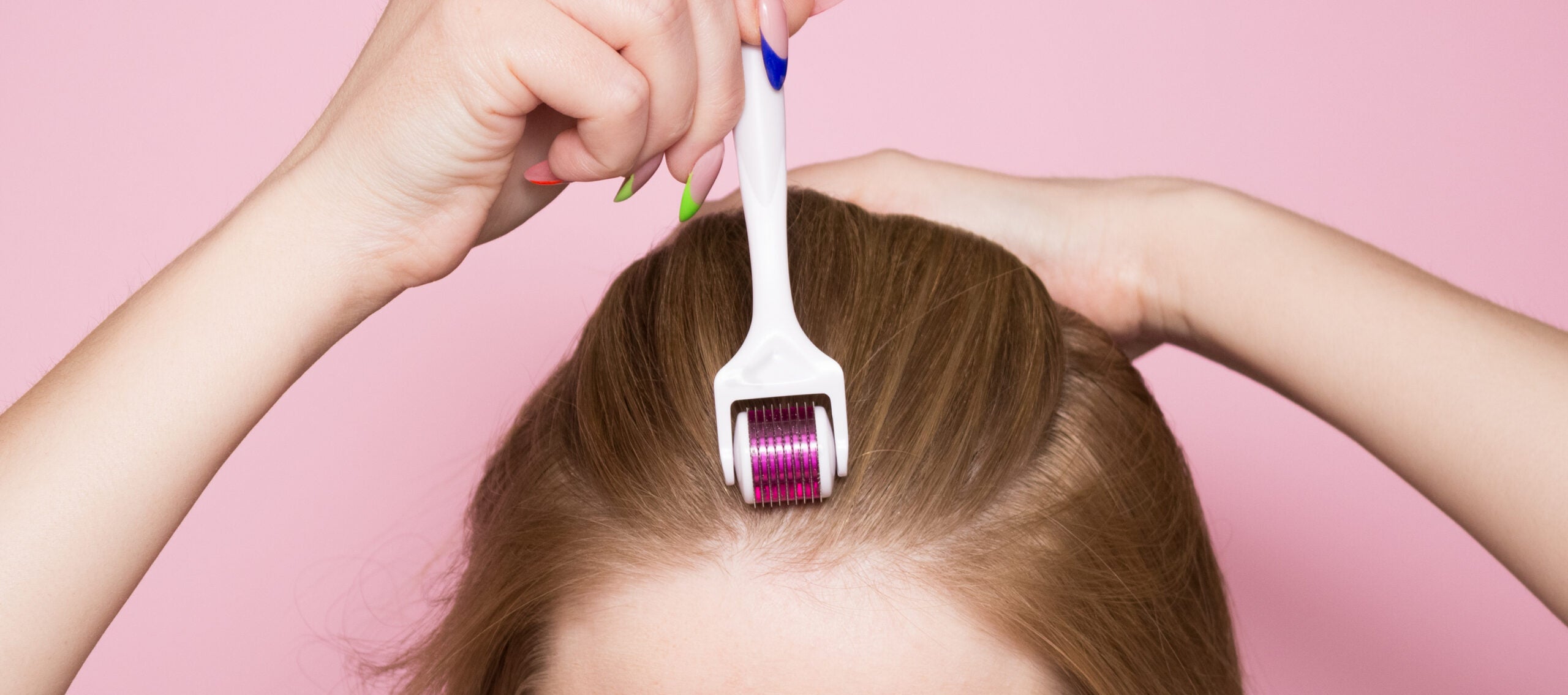
Ever thought a bunch of tiny needles could help your hair? Derma rolling might sound like a dare, but it's a clever technique. You use a roller with fine needles to gently puncture the scalp.
It sounds more medieval than modern, but this little action can boost collagen production and make it easier for hair growth products to enter the skin. Plus, it stimulates hair growth on its own.
5. Red light therapy for hair loss
Red light therapy sounds futuristic, and honestly, it is. By exposing your scalp to a specific wavelength of red light, this therapy aims to rejuvenate follicles and encourage them to grow hair again.
It's non-invasive, relaxing, and can be done at home with the right equipment. This could be it for those looking to add a sci-fi twist to their hair care regimen.
6. Lifestyle changes
And let's not forget the basics—lifestyle changes. Sometimes, just tweaking how you live can do wonders for your hair. This includes eating a balanced diet rich in vitamins and minerals, managing stress (yes, yoga might help your hair), getting enough sleep, and avoiding harsh hair treatments.
It's about giving your body what it needs to support hair growth naturally. Remember, healthy inside, healthy outside!
Each of these treatments has pros and cons, but they offer various options depending on how you want to tackle hair thinning. Whether you're going for creams, pills, needles, lights, or just better habits, there's a path for everyone looking to thicken up that hair part.
Conclusion
Dealing with a thinning hair part can feel daunting, but there are several effective treatments and products available that can help.
From over-the-counter options like Minoxidil and Bio-Pilixin® Serum to prescription solutions like Finasteride, alongside innovative techniques such as derma rolling and red light therapy, there's a range of strategies to explore.
Remember the impact of lifestyle changes, which can strengthen your hair game from the inside out. With the right approach and patience, you can take steps towards regaining fuller, healthier hair.
Remember, the best plan is the one that fits seamlessly into your life and feels good for your hair!
FAQs
Is my hair thinning or is it just my part?
If you're noticing a widened part, a smaller ponytail size, or thinning at the temples, these could be signs of female pattern hair loss. While it's common to see some variation in your hair's appearance day-to-day, persistent changes like these should be taken as signs that your hair may be thinning.
What is the difference between a normal part and a thinning part?
A normal hair part features an even distribution of hair with consistent coverage that keeps the scalp mostly hidden. In contrast, a thinning part appears wider due to decreased hair density, increased scalp visibility, and an overall lack of volume.
Why is my hair thin on my part?
Thinning hair on your part can often be attributed to genetic factors, particularly female-pattern hair loss or androgenic alopecia. This condition typically becomes noticeable as a widening of the part on the top of the head and commonly starts in a woman's 40s or 50s.
Can stress cause my hair to thin at the part?
Yes, stress can indeed cause hair thinning at the part. When stressed, your body can push hair follicles into a resting phase, preventing new hair from growing. This can lead to visible hair thinning, including a more pronounced scalp along your hair part. Managing stress through relaxation techniques, exercise, or professional help can reduce its impact on your hair health.
References:
- https://ijdvl.com/utility-of-trichoscopy-to-diagnose-early-female-pattern-hair-loss-in-resource-poor-setting-a-cross-sectional-study/
- https://www.ncbi.nlm.nih.gov/pmc/articles/PMC5336434/
- https://www.aad.org/public/diseases/hair-loss/types/female-pattern
- https://www.ncbi.nlm.nih.gov/pmc/articles/PMC3509882/
- https://www.health.harvard.edu/diseases-and-conditions/its-not-too-late-to-save-thinning-hair
- https://www.ncbi.nlm.nih.gov/pmc/articles/PMC8577899/
- https://pubmed.ncbi.nlm.nih.gov/24078483/






